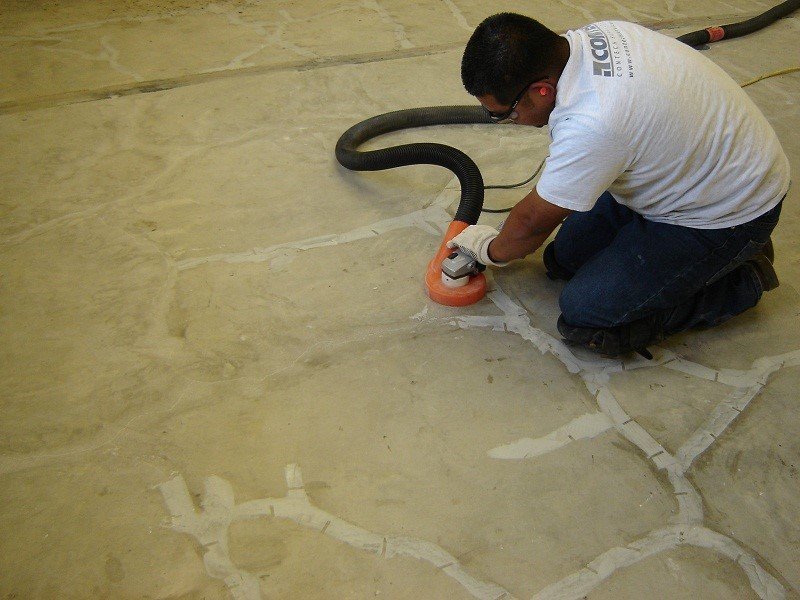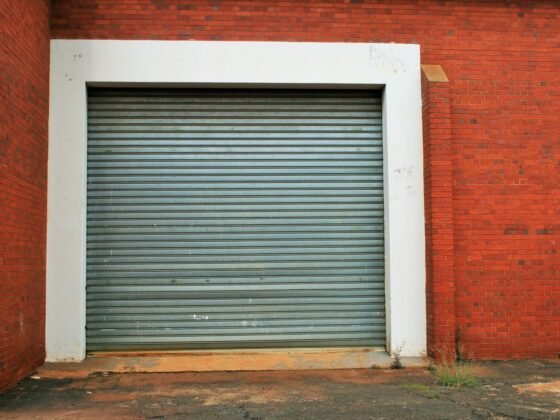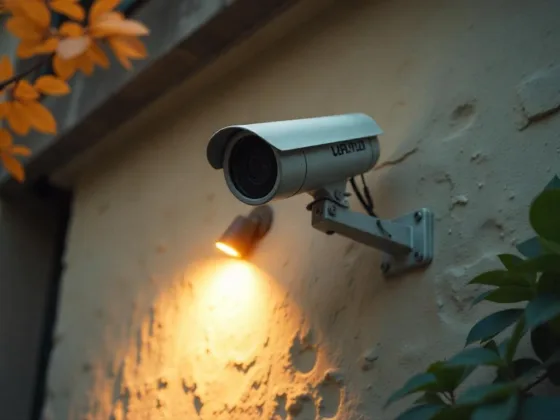Table of Contents Show
Cracked concrete gives a bad impression, can cause injuries, and generally could lead to greater damages in your construction. It’s advisable to fix them as soon as they happen.
Whereas there are simple DIY techniques to repair cracked concrete, you can also seek the services of an expert to help you get over them. The most important aspect, however, is that proper procedures should be followed. At the same time, the use of proper materials is essential in ensuring that you get the desired results.

In this article, we highlight some important tips to restore your cracked concrete to a look that is just as perfect as the original look.
Clean the Damaged Area
It’s critical to have the space you are working on properly cleaned. This will help you establish the extent of the damage and also ensure that you don’t work on bumpy surfaces.
You can use a steel scrub brush to clear loose particles and ensure that your surface is relatively leveled. You may also use water to clean small cracks. Ensure that it dries thoroughly before starting to work on it.
Do not leave any loose blocks or try to fix the cracks while loose particles are still hanging. If you do this, you will be working on a weakened slab that may cause further breakages in the future.
Mix the Patch Material
Various types of patches required different types of materials to fix them. You will thus need to establish the appropriate materials to fix cracks on your concrete.
Common damages to concrete include: popouts, thin-bonded overlays, cracking blemishes as well as static cracks. The approach to fixing these kinds of concrete damages will differ significantly while they are also similar in a number of ways.
Fixing Popouts
Popouts occur when just a small piece of the concrete breaks from the rest of the slab’s surface. They cause an ugly disfiguring of the slab. If left unattended, they may spread and to a larger surface.
Popouts are similar to potholes on the road and spread in a similar matter. Repairing them depends on the initial material used. However, there are several prepackaged repair solutions that can be used to fix these holes.
You can also use the traditional brick and mortar approach. Importantly, you need to cure them appropriately over a period of time before that surface is used again.
Thin-blended Layers
If a popout extends over a larger surface and becomes difficult to handle individually, a thin-blended layer can be laid over to avoid delamination. Give the area a thorough clean up, preferably with pressure washing as this will remove all the debris, chemical residue, and any loose concrete.
A good way of fixing such delamination could be using the same kind of material previously used as this will harmonize the entire surface.
Shrinkage and Static Cracks
Over a period of time, as the surface slowly dries up, shrinkage cracks and static cracks may begin to appear. These can be treated in a number of ways depending on the size of the crack.
A common approach used by contractors is aligning the entire cracked area by saw cutting. This ensures that the length of the crack is nearly straight and can be filled up evenly.
These cracks are usually shallow and can be filled with properly-prepared repair materials. However, deeper cavities can be filled up using sand and gravel to the bottom.
Some repair products come bottles that have an applicator tip to make application easy. However, you can also use a caulking gun to repair shallow cracks on your surface. Others that are too thin may also be repaired
Important Factors to Put in Mind
Read Also:
The Extent of the Damage
You must assess the extent of the damage before embarking on the repair. This will help you to gather the right tools and materials to get the job done
Cost of Repair vs Overhaul
Some cracks may be too large that only a total overhaul could restore it to near perfect. It would also be counterproductive to make repairs on cracks where more damage may eventually occur. If the crack is extensive, consider a total overhaul
Technical Skills
Do you have the technical knowhow to fix the crack or you need to hire labor? Although there is currently a lot of available material that guides you into DIY, you may still consider having some technical experts for your concrete sealing Gold Coast needs to help you out to give the repair process the best approach.
Conclusion
When all the repair work is finally done, proper curing will be necessary. Curing ensures that the surface is stronger and doesn’t encounter more damages faster.
Curing also enhances hardening which is necessary to avoid shrinking and cracking. Finally, ensure that you take generally good care of your surfaces for them to last longer without repairs.









